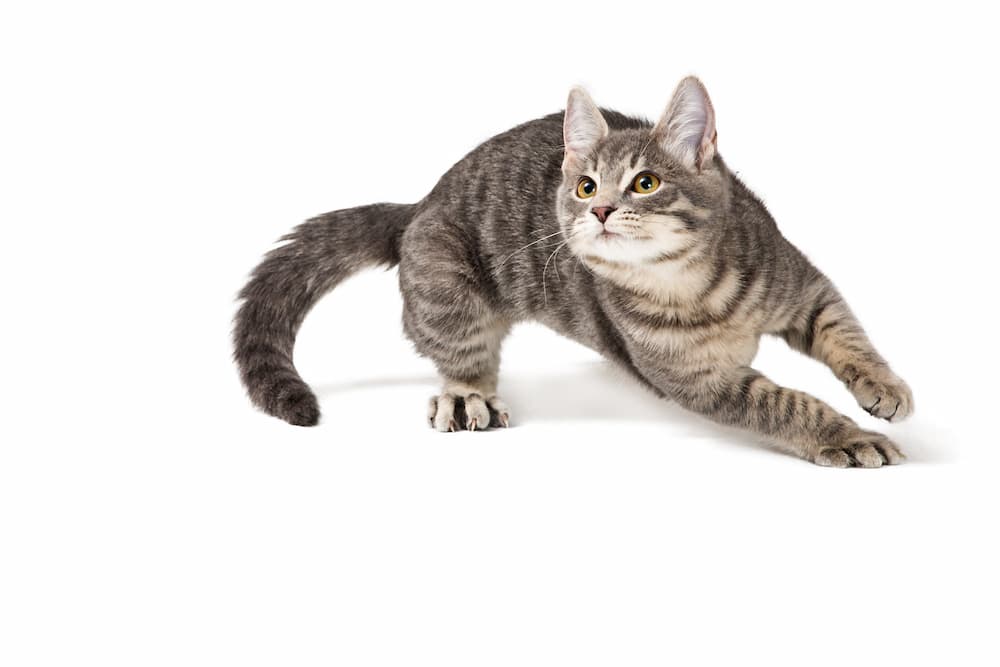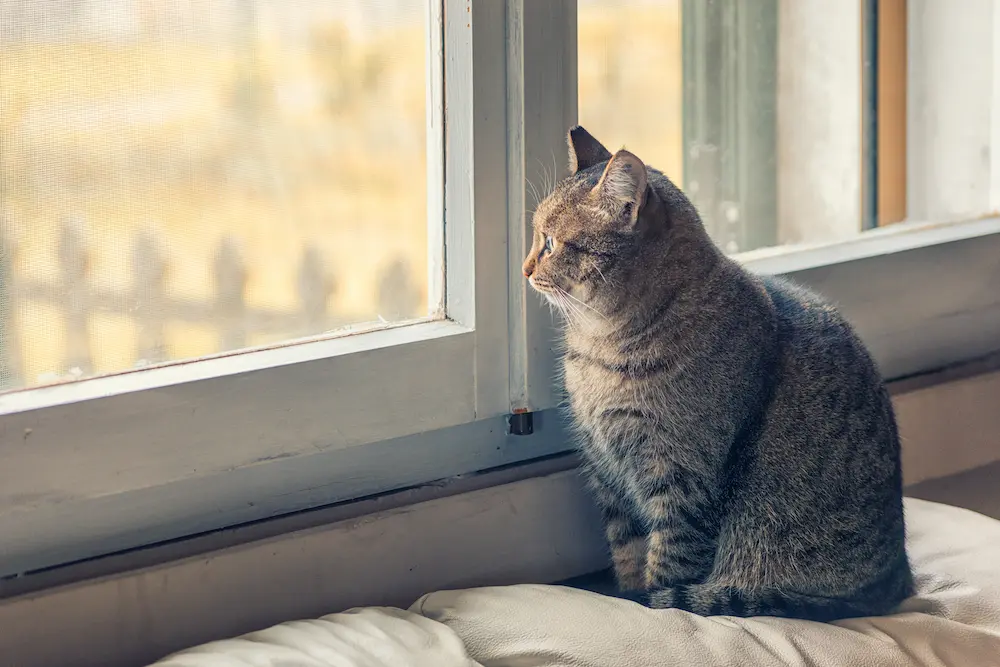The American Animal Hospital Association (AAHA), the accrediting body for animal hospitals in the United States and Canada, updated it’s policy statement on declawing in August and took a much stronger stance against the procedure!
While this isn’t a complete ban on the declaw procedure, it is a strong statement oposing it, and a definite step in the right direction. Main points the AAHA makes in their rewritten policy are that scratching is a normal and necessary feline behavior, that veterinarians should educate their clients that this is a major surgery that includes amputation and encourage them to use alternatives, and – debunking a major myth – that declawing does NOT prevent cats from ending up in shelters.
The AAHA’s declawing policy states:
The American Animal Hospital Association strongly opposes the declawing of domestic cats and supports veterinarians’ efforts to educate cat owners and provide them with effective alternatives.
Scratching is a normal feline behavior. Cats scratch to (1) condition their claws by removing old nail sheaths, (2) scent mark objects with the glands on their paws, (3) visually mark objects by leaving shredded matter as evidence, (4) stretch and exercise their forelegs, and (5) enjoy a pleasant sensation. Veterinarians must help cat owners to promote appropriate scratching behaviors by advising them to:
Provide suitable implements for normal scratching behavior. Examples include scratching posts, cardboard boxes, lumber or logs, and carpet or fabric remnants affixed to stationary objects. Implements should be tall or long enough to allow full stretching, and be firmly anchored to provide necessary resistance to scratching.
Place appropriate scratching objects near scratched furniture and make them more attractive than the furniture. Additionally, place scratching objects near resting areas so the cat can stretch and scratch after resting.
Train cats through positive reinforcement (e.g., treats, use of catnip, verbal praise, etc.) to use the above implements.
Trim cats’ nails every one to two weeks.
Consider artificial nail caps.
Avoid harm to themselves or cats by avoiding engaging in rough play.
Veterinarians are obliged to provide cat owners with complete education about declawing. The following points are the foundation for full understanding and disclosure regarding declawing:
Declawing is not just removal of the claw; it is a major surgery involving amputation.
Declawing is rarely a medically necessary procedure. There are inherent risks and complications with any surgical procedure, including, but not limited to, anesthetic complications, side effects associated with analgesics, hemorrhage, infection, and pain.
The U.S. Centers for Disease Control and Prevention does not list declawing as a means of preventing disease in either healthy or immunocompromised individuals.
Declawing may warrant consideration as an alternative to relinquishment or euthanasia, but only after extensive education and presentation of other strategies to manage scratching behavior. Many declawed cats are still relinquished to shelters – declawing does not guarantee that cats will remain in households.
Read the entire policy at this link.







